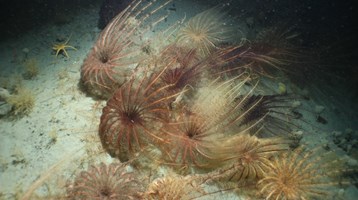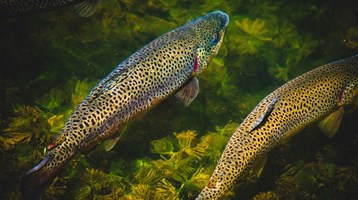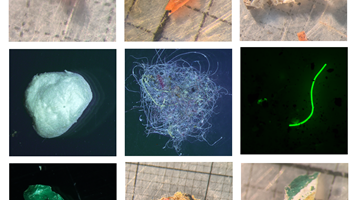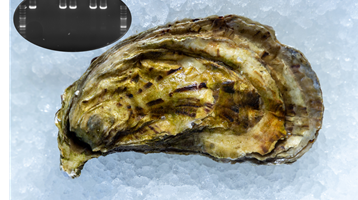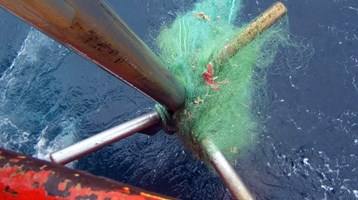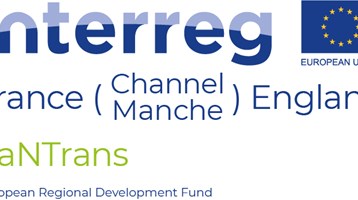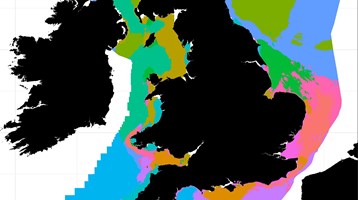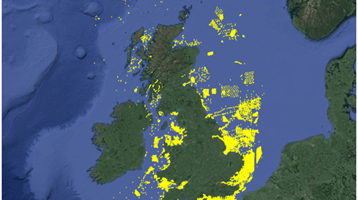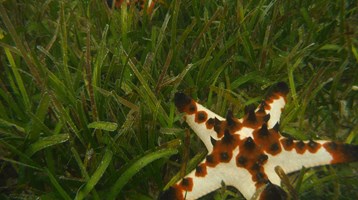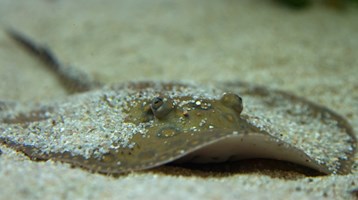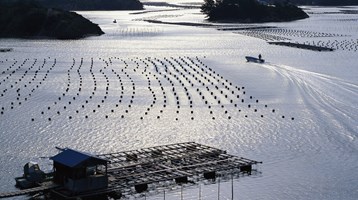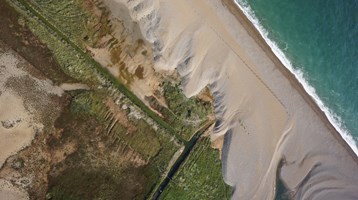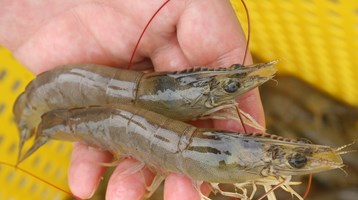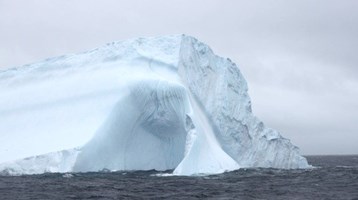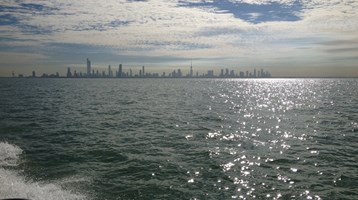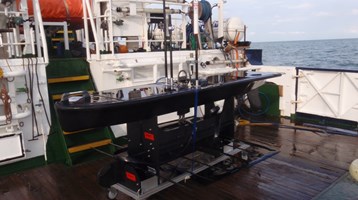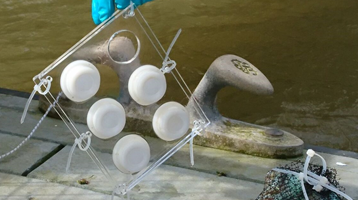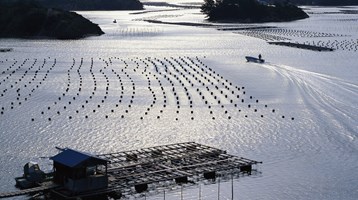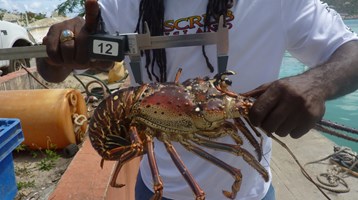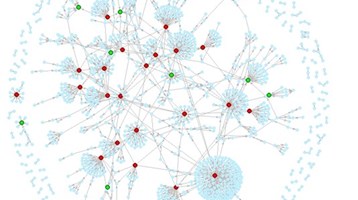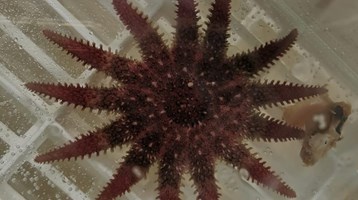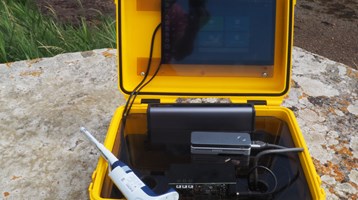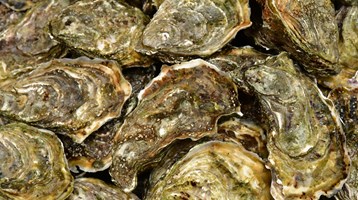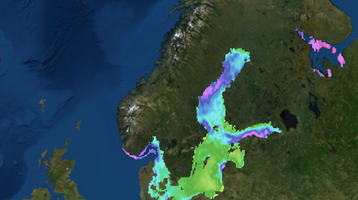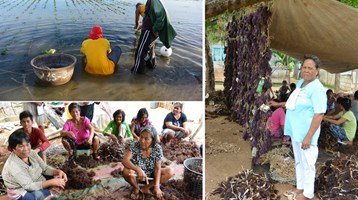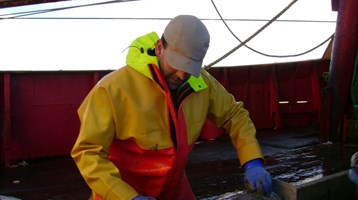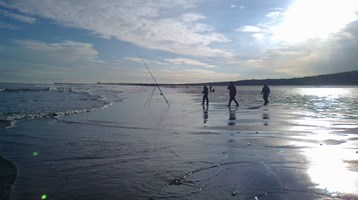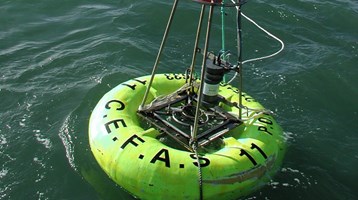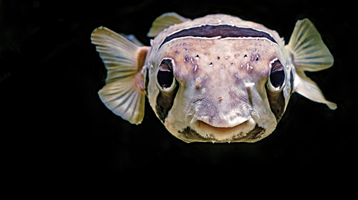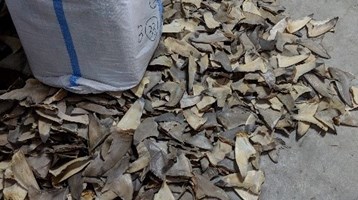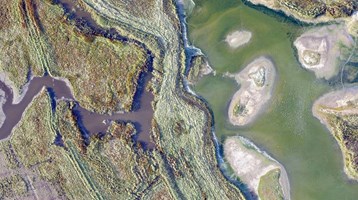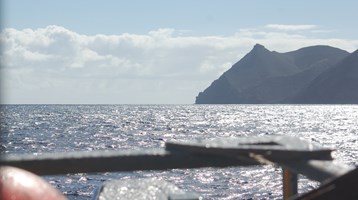Identifying non-native species risks
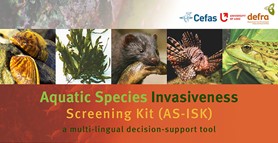
Introductions and translocations of non-native species (NNS) can lead to some species becoming invasive, and the adverse impacts on native aquatic species and ecosystems represent a global concern to scientists and society alike. To avoid the entry of new freshwater and marine NNS and to manage existing invasive NNS, it is essential to identify which species are likely to become invasive in a given risk-assessment area, not only under current climate but also future climate conditions. The outcomes of this risk-identification (a.k.a. screening) procedure is to inform environmental policy and management decisions as well as stakeholders on the risks posed to native species and ecosystems.
Risk screening protocols are amongst the risk analysis schemes developed within Cefas NNS Group, such as for evaluating alien species to be used in aquaculture. The initial decision-support tool, the Fish Invasiveness Screening Kit (FISK), was develop for freshwater fishes and applied in various European locations, subsequently gaining global interest following revision for application in virtually all climate regions, leading to a global meta-analysis of FISK applications.

marine species
In collaboration with international partners, in particular the University of Lodz (Poland), the FISK was replaced by the taxonomically-generic Aquatic Species Invasiveness Screening Kit (AS-ISK). Initial published applications used this new, user-friendly decision-support tool to screen marine and freshwater NNS under current and predicted future climate conditions for various risk-assessment areas worldwide, including:
- Freshwater fishes for the middle reaches of the Yarlung Zangbo River, China
- Freshwater fishes for River Neretva catchment (Bosnia & Herzegovina and Croatia)
- Freshwater fishes for Lake Balaton (Hungary)
- Non-native and translocated freshwater fishes for Turkey
- Translocated freshwater fishes for River Basin Districts of Great Britain
- Marine jellyfishes for the Mediterranean Sea
- Marine fishes for South Korean coastal waters
- Marine and brackish water species for the Arabian Gulf and Sea of Oman
- Freshwater fishes for the River Ob basin (West Siberian Plain, Russia)
- Freshwater fishes for the Anzali Wetland (RAMSAR) Complex in Iran
- Freshwater aquatic species in Vietnam
- Non-native ornamental fishes for neighbouring regions of China and Thailand
- Aquatic species in the eastern Mediterranean Sea
- Marine species (and vector analysis) in southern Caribbean Marine Protected Areas
In collaboration with international partners, in particular the University of Lodz (Poland), the FISK was replaced by the taxonomically-generic Aquatic Species Invasiveness Screening Kit (AS-ISK). Initial published applications used this new, user-friendly decision-support tool to screen marine and freshwater NNS under current and predicted future climate conditions for various risk-assessment areas worldwide, including:
- Freshwater fishes for the middle reaches of the Yarlung Zangbo River, China
- Freshwater fishes for River Neretva catchment (Bosnia & Herzegovina and Croatia)
- Freshwater fishes for Lake Balaton (Hungary)
- Non-native and translocated freshwater fishes for Turkey
- Translocated freshwater fishes for River Basin Districts of Great Britain
- Marine jellyfishes for the Mediterranean Sea
- Marine fishes for South Korean coastal waters
- Marine and brackish water species for the Arabian Gulf and Sea of Oman
- Freshwater fishes for the River Ob basin (West Siberian Plain, Russia)
- Freshwater fishes for the Anzali Wetland (RAMSAR) Complex in Iran
- Freshwater aquatic species in Vietnam
- Non-native ornamental fishes for neighbouring regions of China and Thailand
- Aquatic species in the eastern Mediterranean Sea
- Marine species (and vector analysis) in southern Caribbean Marine Protected Areas
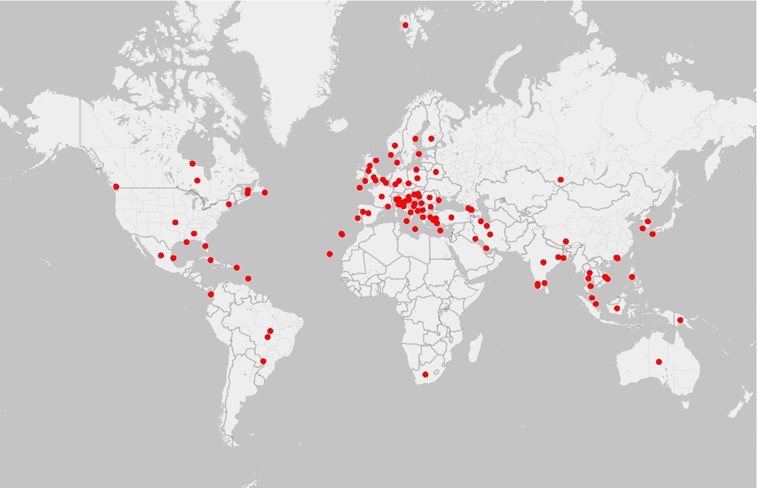
AS ISK map
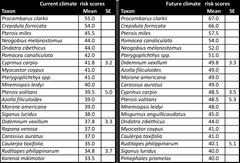
AS ISK risk table
Wider application of the (AS-ISK) took the form of a collaborative project involving over 150 participating scientists from 123 institutions fresh, brackish and marine species were risk screened across a range of climate regions. This global trial of the AS-ISK represented a key contribution to a Term of Reference of the ICES working group on Introductions and Transfers of Marine Organisms (ITMO). This project identified a list of top 20 potentially-invasive species and generated global threshold scores with which to distinguish between low, medium and high risk species to enable suitable management actions to be taken.
On-going risk screening applications include, for example, applications to identify potentially-invasive freshwater fishes for Lake Taal (Philippines), potential future invasive marine species for the North Gulf of Mexico, aquatic reptiles and amphibians in the Carpathian Basin (Hungary), and a risk screening and habitat suitability modelling for the North American naked goby (Gobiosoma bosc) for river estuaries of North Sea, and a risk screening of non-native freshwater fishes for England to update screenings published in 2009.
For more information visit the Cefas NNS Group page, the Cefas NNS decision-support tools page or contact the Principal Investigators Gordon H. Copp (fresh and brackish waters) or Hannah Tidbury (brackish and marine waters).

lobster

